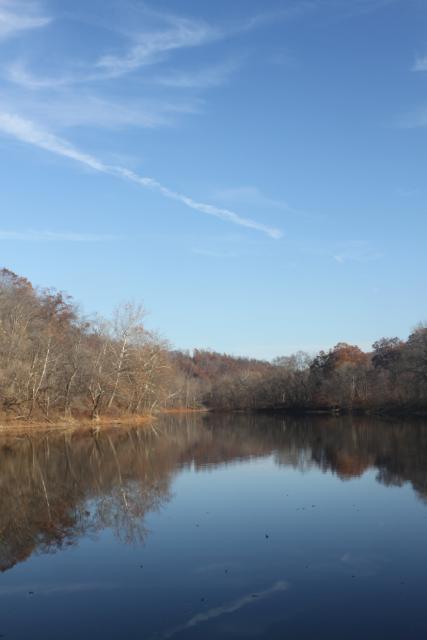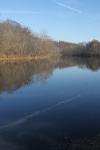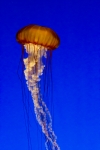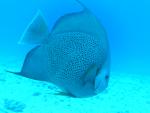polarizer
Poll: Top Third or Bottom Third
ktuli — Sun, 11/21/2010 - 19:32
I usually don't do polls so close together, but I wanted to share these and gather opinions on whether folks liked more water or more sky.
I know I've mentioned it repeatedly in my critiques of shots, but I don't know if I've specified what exactly is mean when I refer to 'the thirds'. Imagine drawing a tic-tac-toe grid on your photo (or in your viewfinder when composing your shot). One thing to look at is whether any lines work well along one of those grid lines - an easy one is your horizon in landscape photography like this. Another way to look at those grid lines is where they intersect - placing one of your main focal elements at that point is generally considered. This is usually referred to as the Rule of Thirds even though it is more of a suggestion than a rule.
 |
||
Both Photos Technical Data: Canon EOS 7D, Tokina AT-X M35 Pro DX AF 35mm f/2.8 Macro 1:1, 1/12 sec at f/22.6. ISO 200. Circular polarizing filter. No post production. Cedar Creek Park, Westmoreland County, PA.
I know these shots are not 100% identical left-to-right as I think I had to sidestep some low hanging tree branches to get the bottom third image, but I think it serves to show the difference between the placement of the horizon (or in this case the water level) on the top or bottom third.
You know the drill - place your vote, then leave me a comment to let me know what made you vote the way you did.
- Bill
Strange Polarized Clouds
ktuli — Mon, 07/12/2010 - 19:26
I can't explain what happened in this photo. I'm sure I did something wrong, but I don't know what it was. Maybe someday I'll learn how to explain it, but for now, it just looks weird.
Technical Data: Canon EOS Digital Rebel XT, Canon EF 35-80mm f/4-5.6 III at 35mm, 1/200 sec at f/10. ISO 400. Circular polarizing filter. No post production. Virgin Run Lake, Fayette County, PA.
We only have one polarizing filter and it only fits a couple lenses that don't get much use, but I made a point of trying it out one Saturday last October. Anya and I had been out looking for nice fall foliage (which as you can see by the photo, we were a bit early for even at this point in October) and stopped by Virgin Run Lake.
A polarizing filter works by reducing light of a specific wavelength - for all functional purposes, this means reflections. Since most reflections from the same source will have the same wavelength, the filter is able to reduce it enough to make it appear to remove it. You may notice that the sky is much bluer (not in this photo) in photos with a polarizing filter, this is because the filter is working on reflections from water particles in the air, thus producing the bluer color.
However, in this photo, I must have had the filter turned the wrong way (circular polarizers work by rotating to filter the wavelength of light you prefer), which resulted in a very flat sky and fake looking clouds.
What do you think?
- Bill






